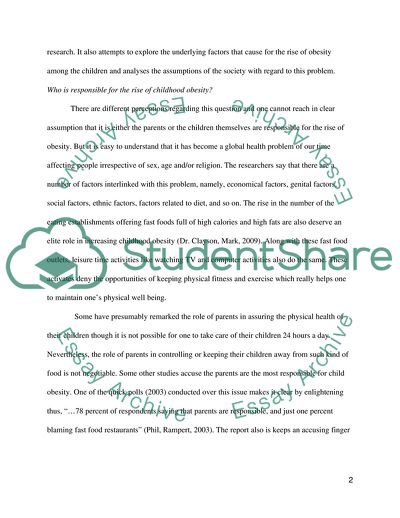Cite this document
(The Rise in Childhood Obesity Coursework Example | Topics and Well Written Essays - 1500 words, n.d.)
The Rise in Childhood Obesity Coursework Example | Topics and Well Written Essays - 1500 words. https://studentshare.org/health-sciences-medicine/1730008-the-rise-in-childhood-obesity
The Rise in Childhood Obesity Coursework Example | Topics and Well Written Essays - 1500 words. https://studentshare.org/health-sciences-medicine/1730008-the-rise-in-childhood-obesity
(The Rise in Childhood Obesity Coursework Example | Topics and Well Written Essays - 1500 Words)
The Rise in Childhood Obesity Coursework Example | Topics and Well Written Essays - 1500 Words. https://studentshare.org/health-sciences-medicine/1730008-the-rise-in-childhood-obesity.
The Rise in Childhood Obesity Coursework Example | Topics and Well Written Essays - 1500 Words. https://studentshare.org/health-sciences-medicine/1730008-the-rise-in-childhood-obesity.
“The Rise in Childhood Obesity Coursework Example | Topics and Well Written Essays - 1500 Words”. https://studentshare.org/health-sciences-medicine/1730008-the-rise-in-childhood-obesity.


